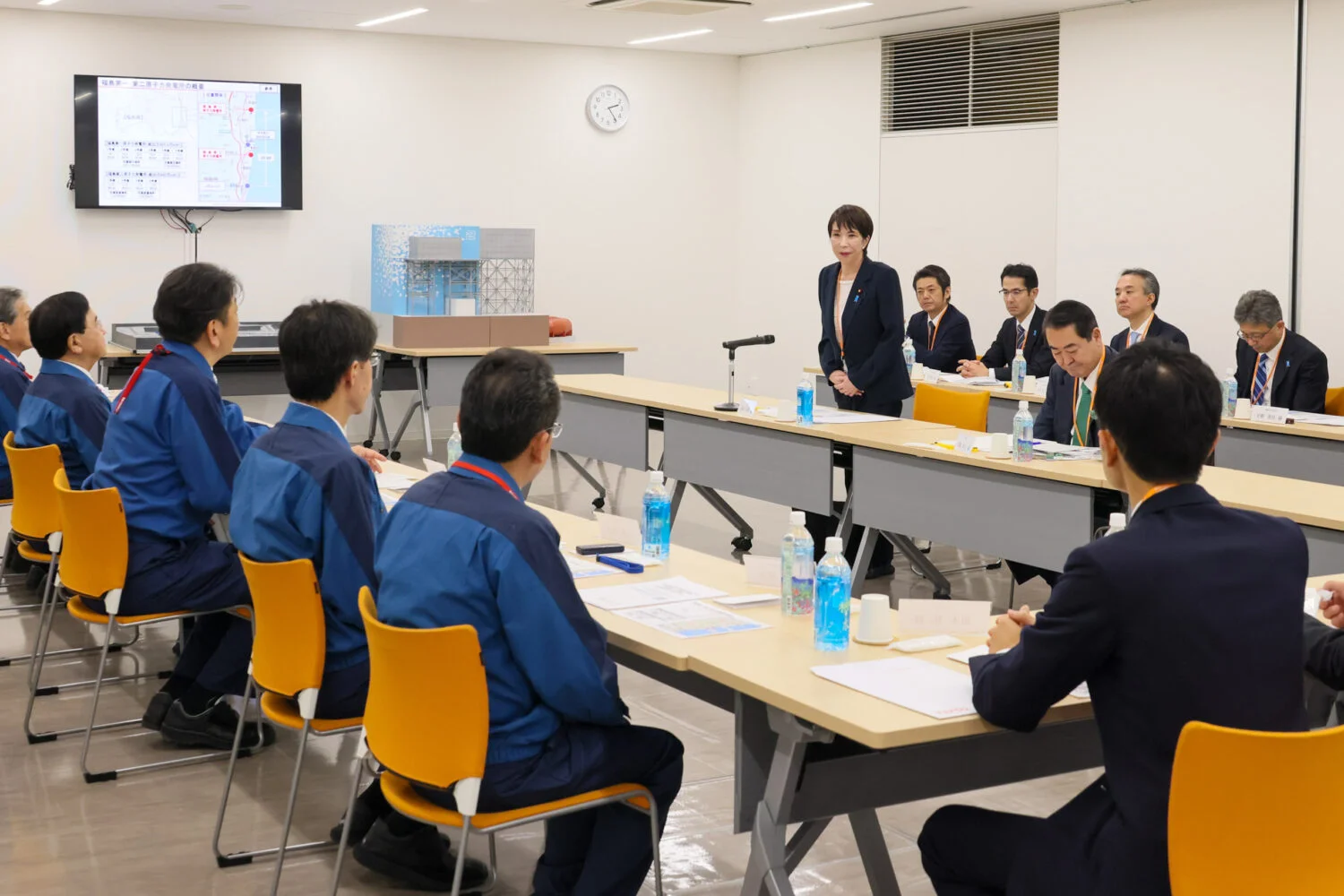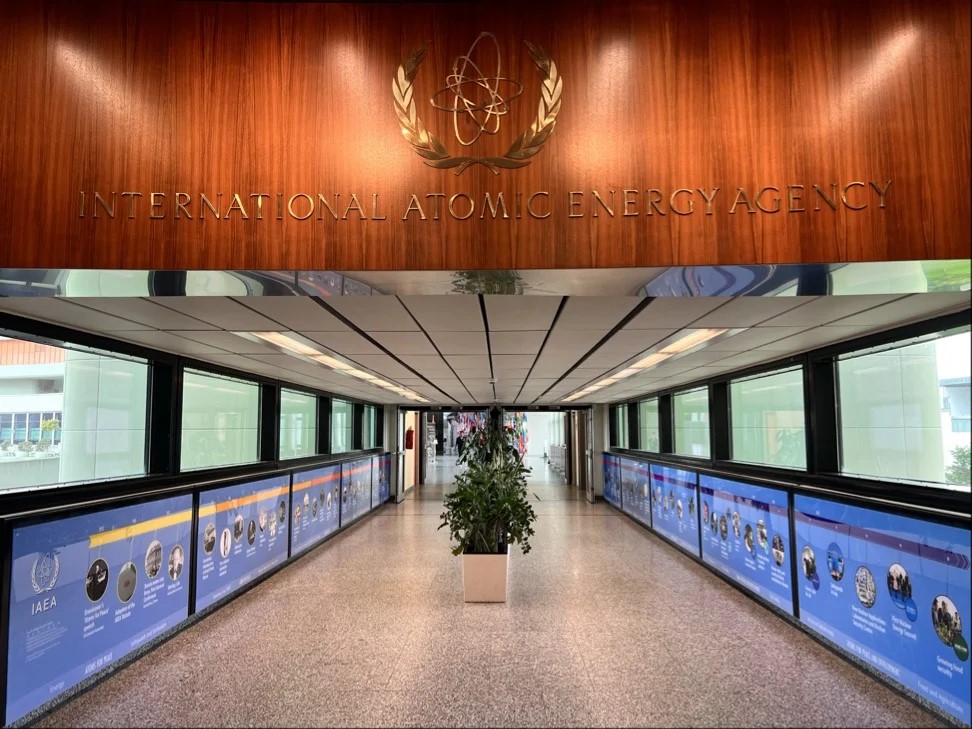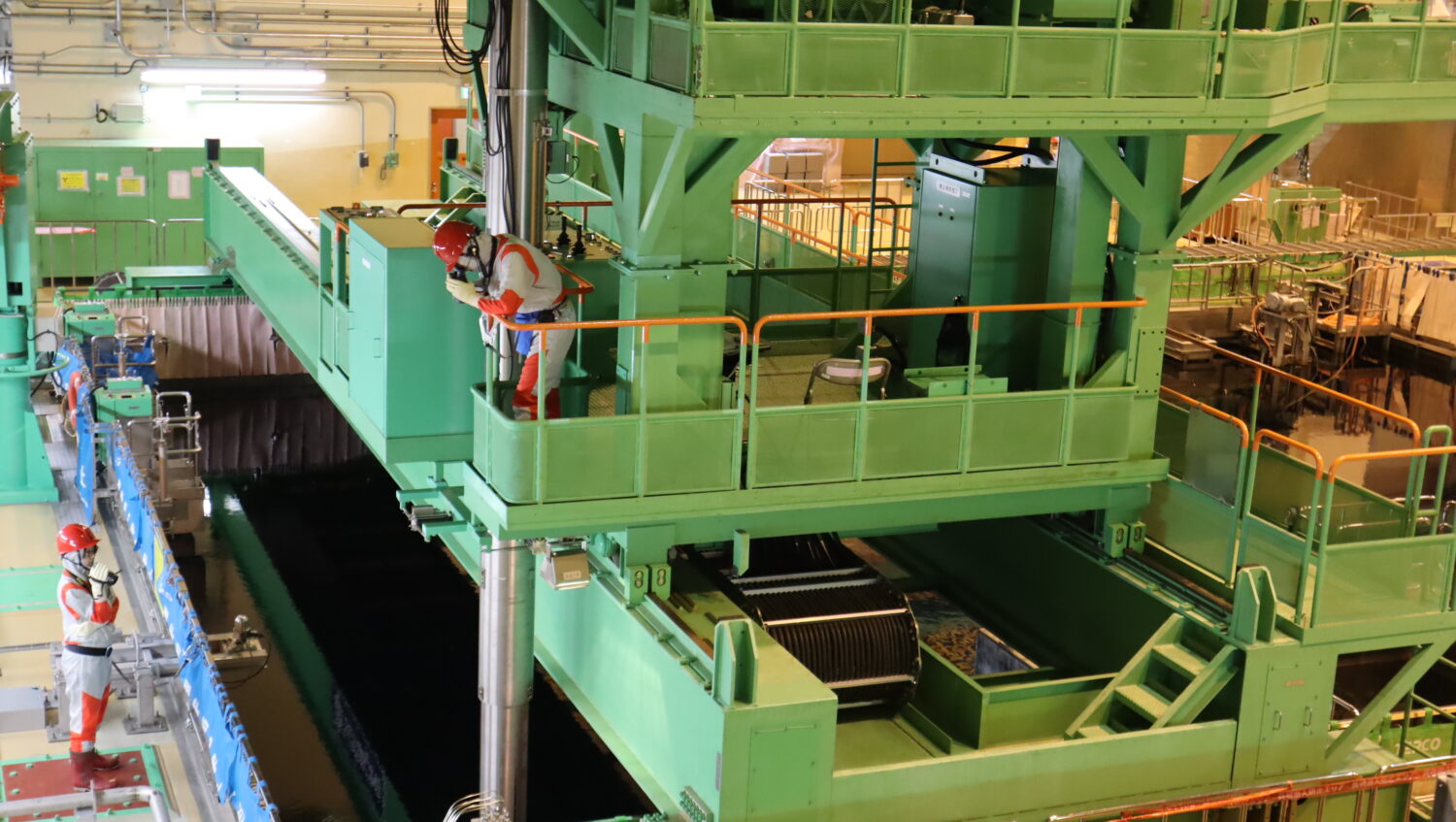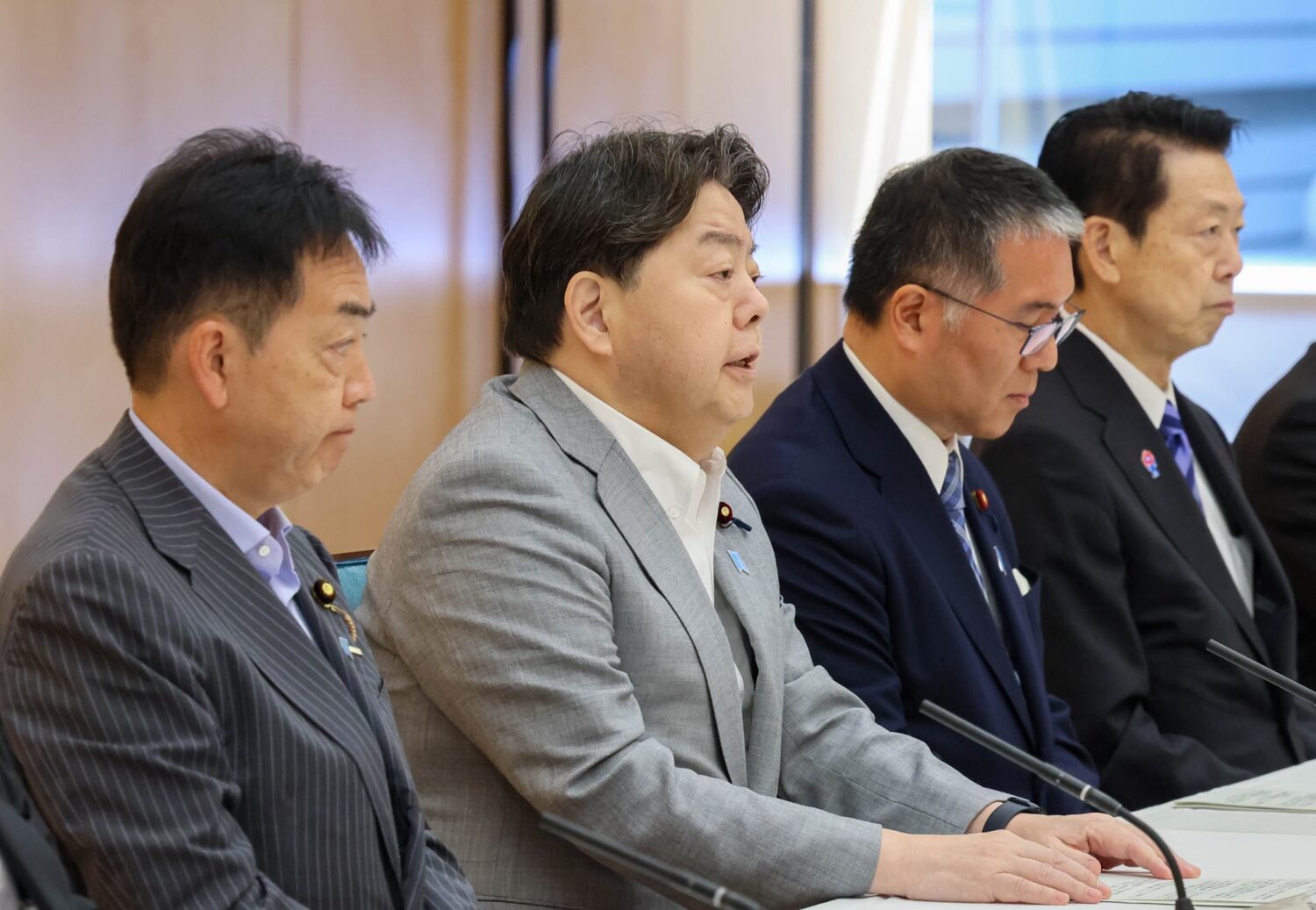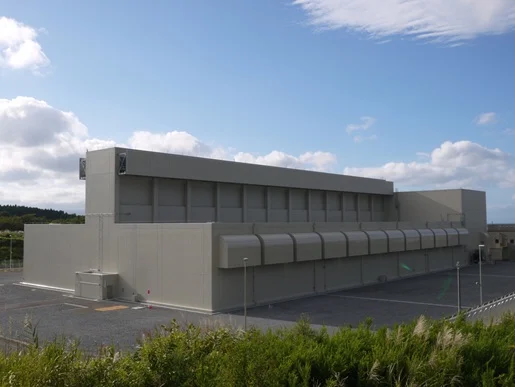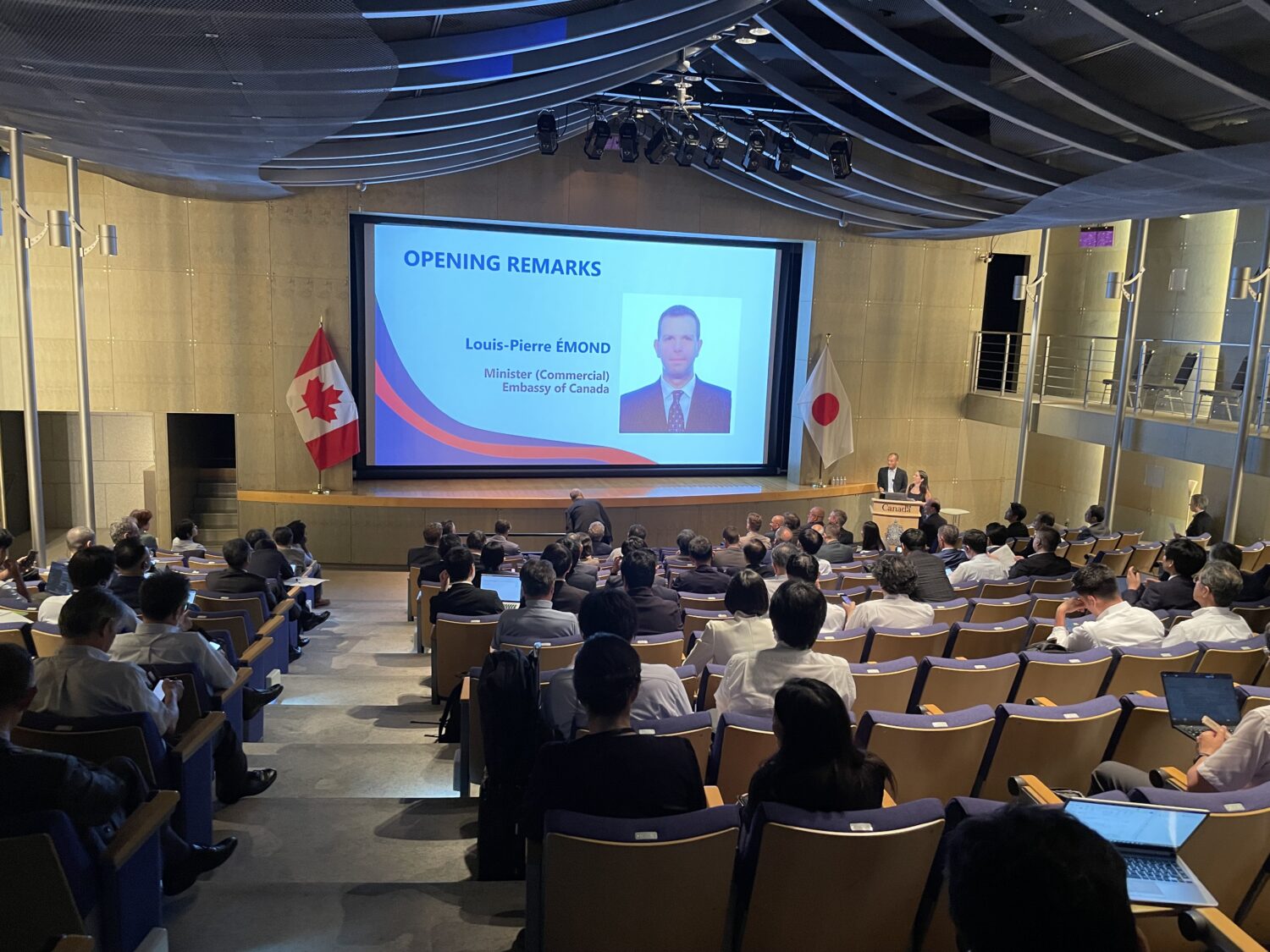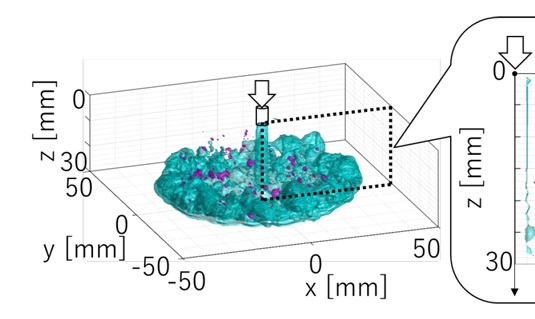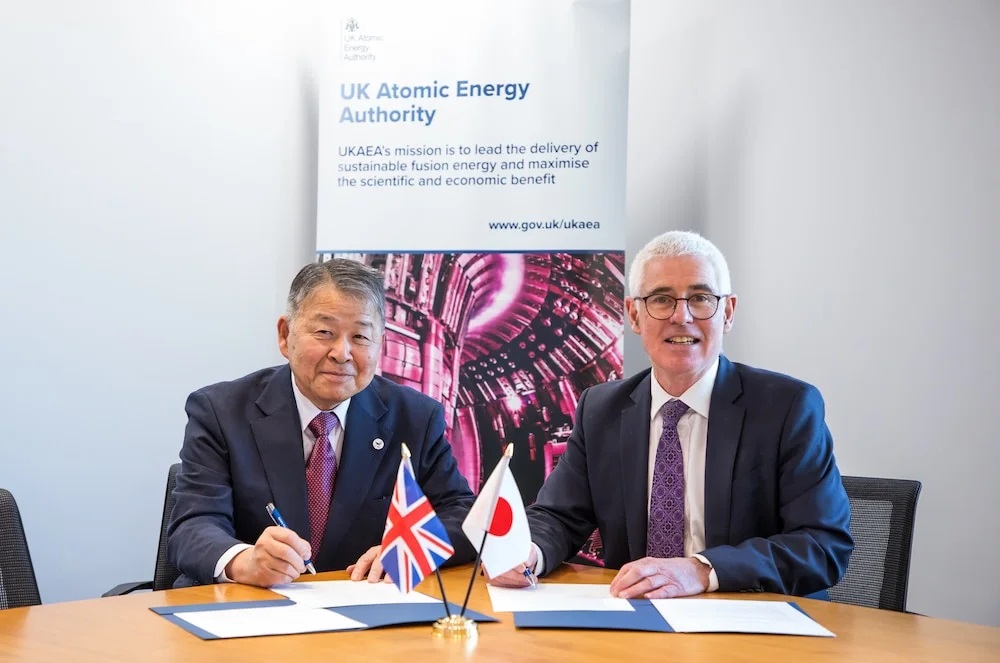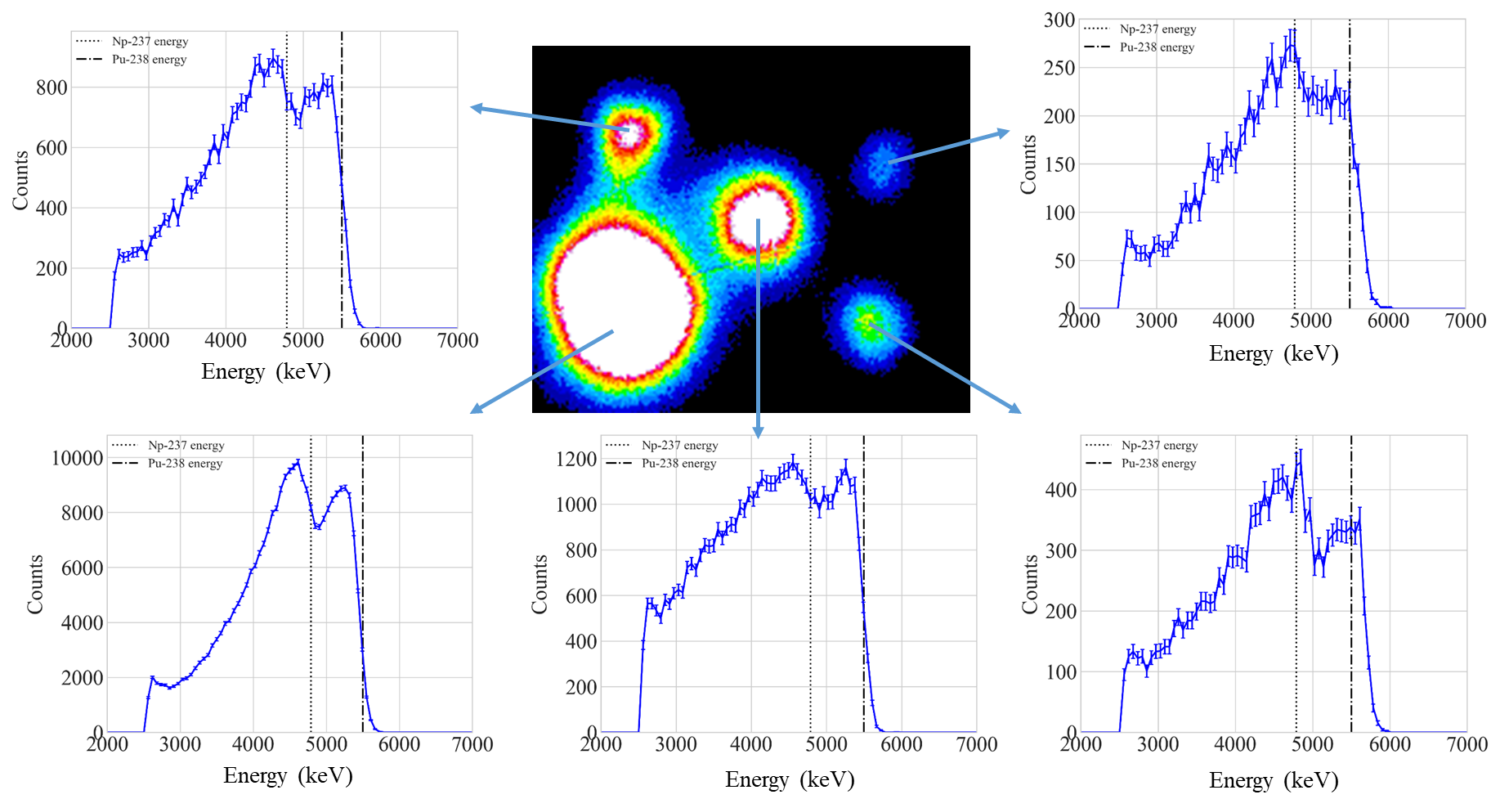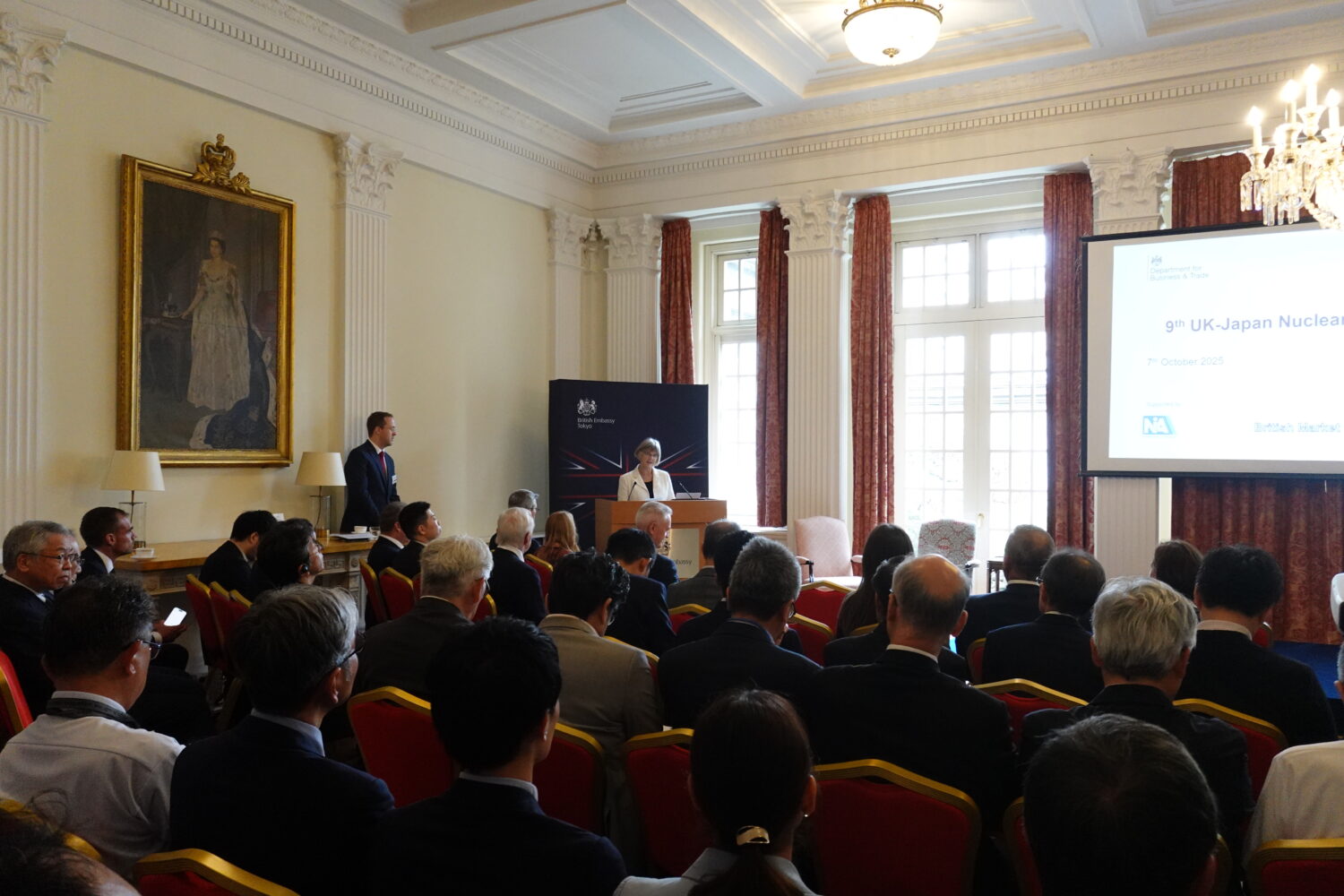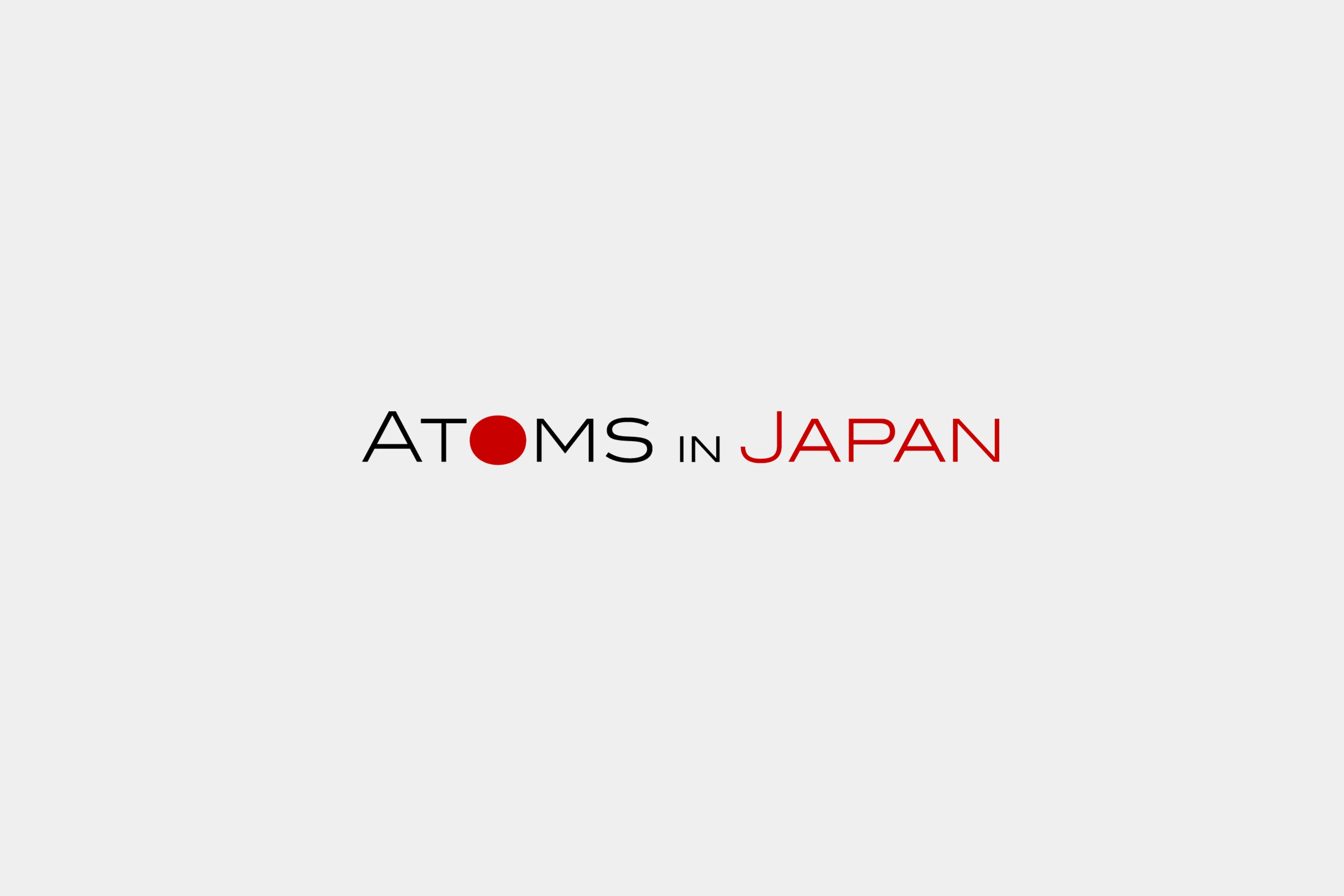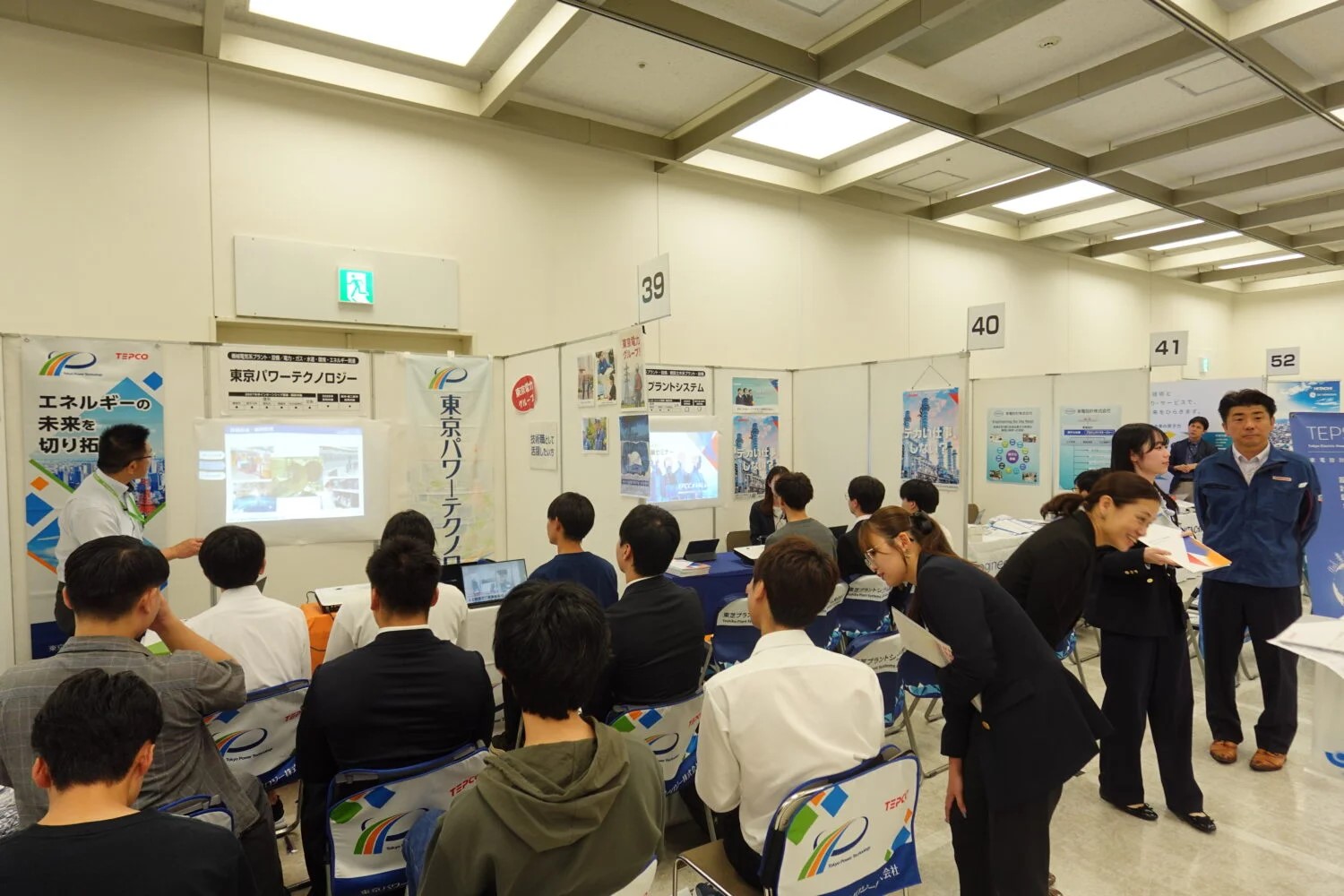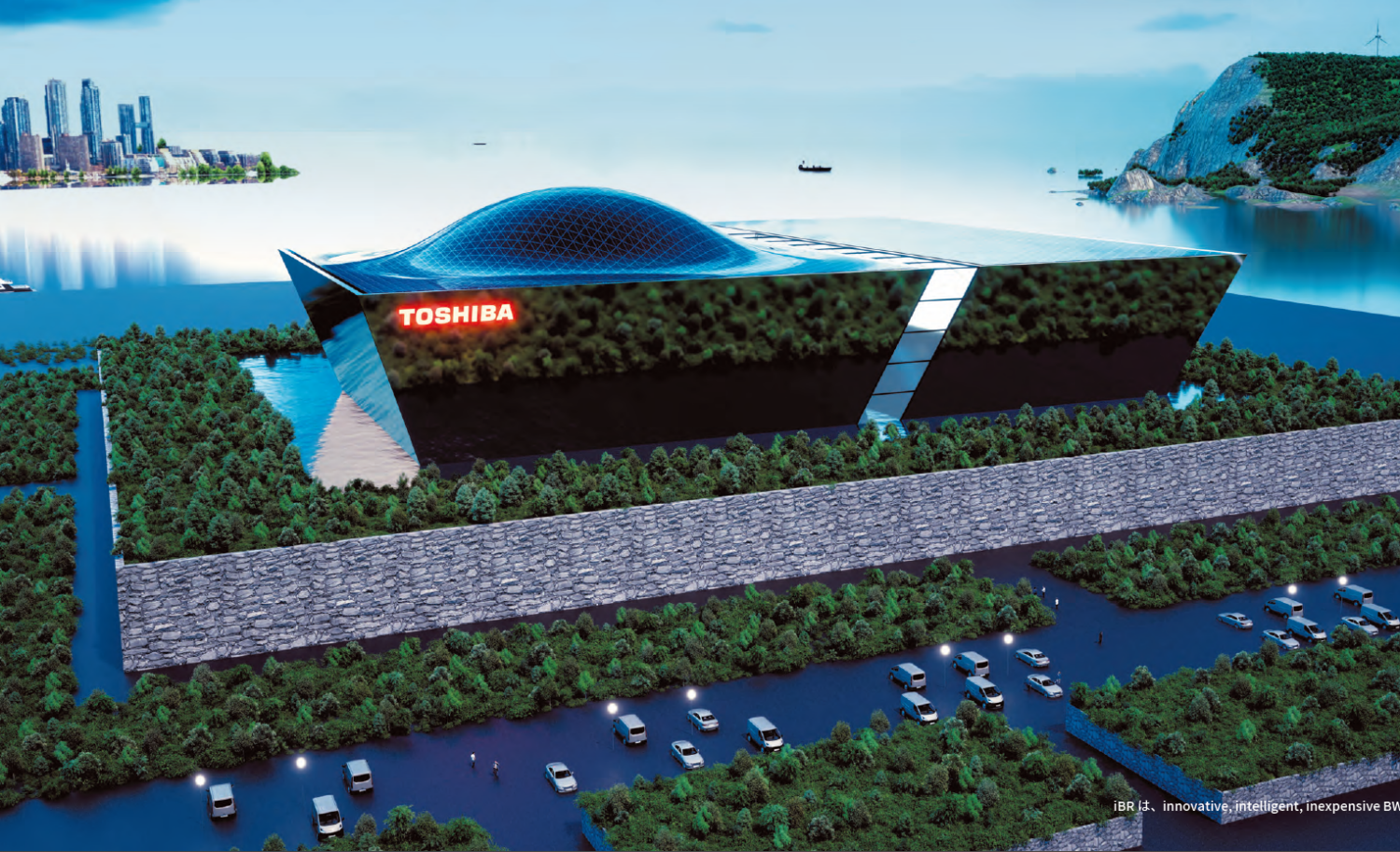Kindai University: UTR-KINKI Research Reactor
In the morning, the group visited Kindai University, where Professor Takahiro Yamada of the university’s Atomic Energy Research Institute provided an overview of the university’s one-watt (1-W) educational research reactor, UTR-KINKI. This reactor, a light-water moderated, graphite-reflected, heterogeneous thermal neutron reactor purchased from the United States, achieved its first criticality in 1961, making it the first research reactor at a Japanese university.
Professor Yamada explained to the visitors the reactor’s design, operational history, and its use in education. They then toured the control room and reactor building, learning about its practical applications in student training and research. Discussions included manual shutdown operations, SCRAM (safety shutdown) indications, irradiation devices, detectors, and radiation measurement instruments.
After a three-year period of compliance with new regulatory standards, UTR-KINKI has resumed operation and is now utilized for student training in reactor operation and radiation measurement. The tour participants noted the reactor’s unique design compared with those in their home countries and appreciated the firsthand experience it offers students.
UTR-KINKI—one of only eight remaining research reactors in Japan—serves as a valuable facility for university-level practical training. It also hosts students and faculty from other universities throughout the year and regularly conducts radiation education seminars for high school teachers, contributing significantly to the development of the next generation of nuclear professionals and the enhancement of scientific literacy in the country.
Osaka University: Research Center for Nuclear Physics (RCNP)
In the afternoon, the group visited Osaka University’s RCNP, where Lecturer Hiroki Kanda provided them with an overview of the center’s nuclear physics experimental facilities and their applications in research and medicine. Established in 1971, RCNP is one of the country’s leading nuclear physics research centers, accelerating and irradiating charged particles such as protons and helium ions to study nuclear structure and fundamental interactions.
The Center houses two accelerators: an AVF cyclotron which has been in operation for over 50 years.and a ring cyclotron, constructed in 1991. Experiments conducted in the facility’s halls include nuclear resonance phenomena, charged particle scattering, and semiconductor irradiation tests. The use of the facilities and beams extends beyond pure nuclear physics research to applications such as evaluating semiconductor failures caused by cosmic rays and producing short-lived radioactive isotopes for research.
Of particular interest to the visiting students was a new accelerator facility scheduled to begin operation in the next fiscal year (starting April 2026), designed to produce the alpha-emitting radionuclide astatine-211, which is expected to advance targeted alpha therapy (TAT) for cancer treatment. Establishing a stable domestic production system is essential because of the material’s short half-life of seven hours. The new facility aims to increase the beam current tenfold, enabling high-yield production in a brief time, and is expected to play a key role in supplying astatine-211 for clinical trials.
The participants also toured the facility’s irradiation targets, transport lines, cooling, and shielding equipment, where they received detailed explanations. They learned about the beam spot diffusion mechanism to distribute heat load from high-power beams and the rapid transfer system for targets between the irradiation chamber and preparation room. The international visitors praised the practical and sophisticated design of the facility.
Osaka University’s Educational and Reconstruction Support Program
Continuing their tour of Osaka University, the tour participants visited the Radiation Science Foundation, where Prof. Masaharu Nomachi and Assistant Prof. Tomoko Fujiwara explained to them the educational and reconstruction support program that the university is conducting in the Hamadohri (Hamadori) region of Fukushima Prefecture.
The program emphasizes both the scientific understanding of radiation risks and social context, and aims to cultivate a balanced perception of radiation through practical training, fieldwork in affected areas, and discussions with local residents.
The tour participants appreciated the integration of radiation education with real-life experiences and values, recognizing it as an insightful model connecting nuclear science and society.
Since FY22 (i.e., from April 2022), the program has been conducted in English with international participants in cooperation with the International Atomic Energy Agency (IAEA). It is scheduled to be held in July this year as the “Hamadohri Environmental Radiation Measurements International School 2025,” welcoming participants from around the world.
This facility visit provided the young nuclear professionals from overseas with a valuable opportunity to observe firsthand the operation of research reactors and accelerators at Japanese universities, toward applied research, education, human resource (HR) development, and engagement with society.
The participants—impressed by the integrated approach to education, research, and social contribution undertaken by the universities despite their limited resources—expressed a desire to contribute to the international network of next-generation nuclear professionals.


